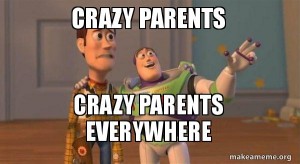For as long as I can remember, I have had bad eyesight. I have had glasses since the first grade and have been wearing contact lenses since fifth. My contact prescription is a -5.00. This means that I am nearsighted and have difficulty seeing far away objects. I prefer wearing contacts over my glasses. I always found glasses getting in the way of things and could easily fall off my face. Contacts are great in the way that its basically like having normal eyesight, until I have to go to sleep or want to take a nap. I have had a handful of situations where I either have fallen asleep with my contacts in and forgot to take them out or I just didn’t have anywhere to put them. Its a struggle because I would always hear from my mom and from my eye doctor to NEVER sleep with my contacts in. But I have and nothing bad has happened, so I wondered is falling asleep with your contacts actually that bad for you?
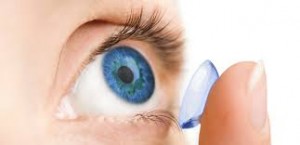
The answer is yes. Falling asleep with contacts in is actually very risky. Why are they so risky? What happens when you fall asleep with them in? There has been research done that shows a 10-15% increase in chance of getting an infection for people who sleep with contact lenses in. By not taking your contacts out, your eyes are not getting a chance to breathe. Wearing contact lenses lessens the oxygen supply to your eye and when you close your eyes the amount of oxygen lessens even more. So when you sleep with contacts there is a significant decrease in oxygen supply for your eyes.
Without a sufficient supply of oxygen, the cornea will swell up, causing a small opening between the eye’s surface. This small opening is where bacteria sneak in and cause infections. The eye is constantly exposed, causing less protection to the ocular immune system than the rest of the body’s immune system. The eye is also vulnerable to germs because of its moist mucosal surface.
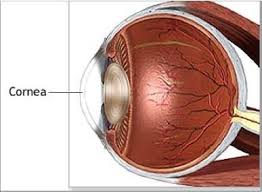
Don’t give up hope just yet. Although sleeping with contacts in has a high risk of infection, a new type of contact lenses allows for continuous wear, even while sleeping. These FDA approved contact lenses are called “extended wear lenses.” Originally released and made available in the 1980s people wore wore contact lenses continuously without changing or cleaning them. This caused many people to develop eye infections. The FDA stepped in and shortened the amount of time recommended to keep contact lenses in. By the late 1990’s a new kind of extended wear lens was released. Made of silicone hydrogel, these extended wear lenses are made to be worn for up to 30 consecutive days during the day and night. The silicone hydrogel allows up to five times more oxygen transmitted through the lens to the cornea. Extended wear lenses are beneficial for people who are extremely active in life, have binocular vision abnormalities or just bad vision in general.
After reading about the risks of sleeping with non-extended wear lenses and learning about the extended wear lenses, I am more cautious about falling asleep wearing my lenses and am looking into investing in the extended wear lenses.
Sources:
http://www.allaboutvision.com/buysmart/contacts_lasik.htm
http://greatist.com/grow/sleep-with-contacts-risks
http://coopervision.com/about-contacts/extended-wear-contact-lenses
http://www.allaboutvision.com/contacts/extended.htm
http://www.myeyes.com/eye-prescription.shtml
http://www.nature.com/eye/journal/v17/n8/full/6700617a.html





 Cleopatra. Is it because of these historical figures that there is an association to power/confidence and makeup?
Cleopatra. Is it because of these historical figures that there is an association to power/confidence and makeup?
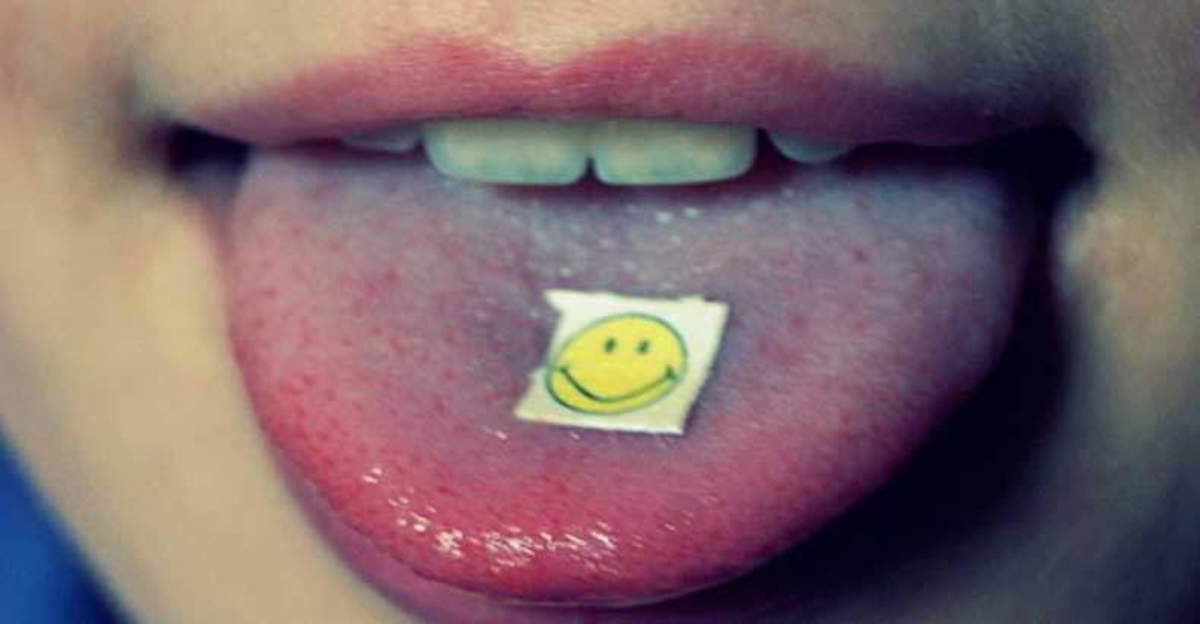








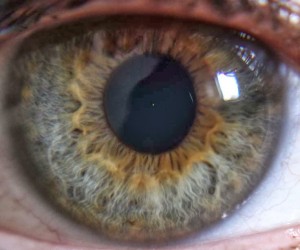




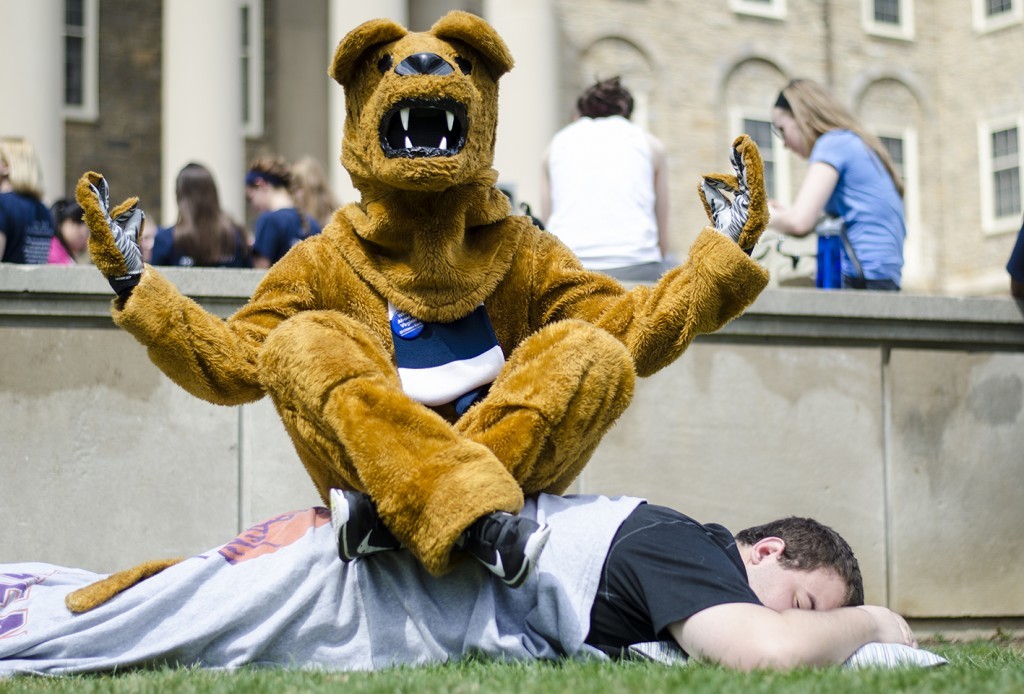


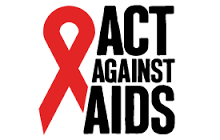 Overall, there is hope in this small study in that these young kids will never be afflicted with the horrific ramification of HIV/AIDS. Maybe, further examination of the children will offer a lead into a potential cure. The possibilities are endless with this finding, I am hoping that larger and more in-depth studies will lead to more concrete findings.
Overall, there is hope in this small study in that these young kids will never be afflicted with the horrific ramification of HIV/AIDS. Maybe, further examination of the children will offer a lead into a potential cure. The possibilities are endless with this finding, I am hoping that larger and more in-depth studies will lead to more concrete findings.


